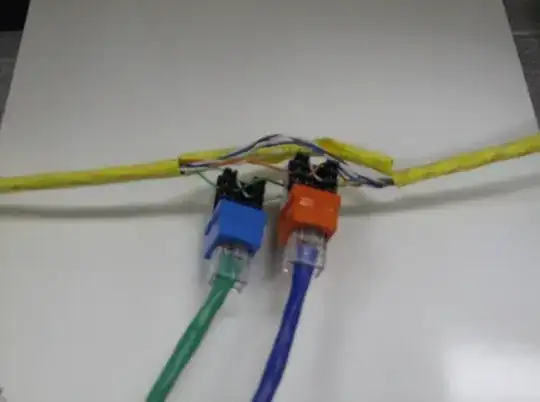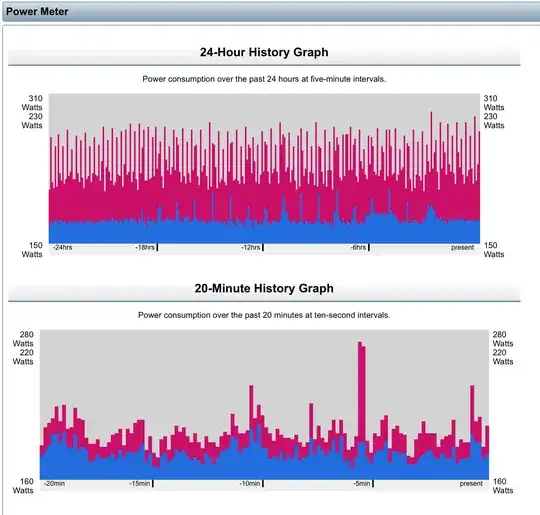I bought an HP DL360 G7 1 U rackmount server. I am looking to put it in a colocation facility. The issue is almost every facility I have seen either limits the amount of power I can access or charge extra for more power over the base amount provided.
Speaking strictly from the server's power supply ratings I believe it said they draw 7 amps a piece and there are 2 of them. But I am under the impression that 7 amps is when the power supplies are running at full tilt.
How can determine what the load will be on the power supplies on average?
Would the server run happily of 2.5amps per power supply? That's what the colo will provide me.

